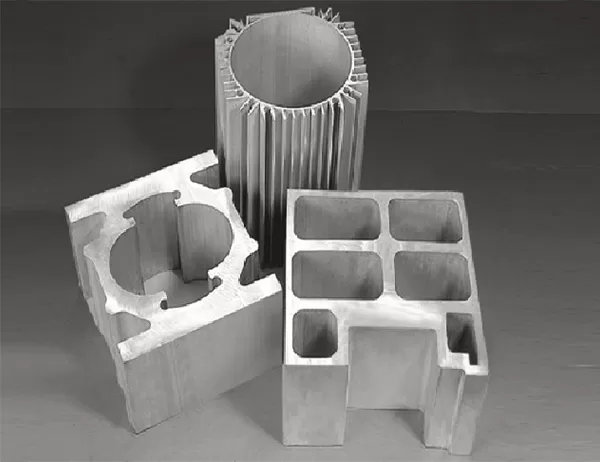Heat dissipation is a critical concern in electronic devices, as excessive heat buildup can impair performance, reduce lifespan, and even pose safety hazards. Integrating aluminum heat sinks into electronic devices has emerged as an effective solution to manage heat effectively and ensure optimal device operation.
Advantages of Aluminum Heat Sinks
Aluminum is an ideal material for heat sinks due to its:
High thermal conductivity: Aluminum readily conducts heat away from heat sources, efficiently dissipating it into the surrounding environment.
Lightweight: Aluminum is lightweight, minimizing the overall weight of electronic devices without compromising heat dissipation capabilities.
Corrosion resistance: Aluminum is naturally corrosion-resistant, ensuring long-term durability in various operating conditions.
Cost-effectiveness: Aluminum is relatively inexpensive, making it a practical choice for large-scale electronic manufacturing.
Customization for Different Device Applications
Aluminum heat sinks can be customized to meet the specific cooling requirements of various electronic devices:
Size and shape: Heat sinks can be fabricated in various sizes and shapes, ensuring they fit within the available space in the device chassis.
Fin configuration: The fins of heat sinks can be optimized for different heat dissipation requirements. Multiple fin types, such as straight, serrated, or pin fins, provide tailored airflow and heat transfer performance.
Mounting methods: Heat sinks can be mounted to devices using screws, thermal adhesive, or clips, ensuring secure attachment and efficient heat transfer.
Integration into Electronic Devices
Integrating aluminum heat sinks into electronic devices involves several steps:
Determine heat dissipation requirements: The amount of heat generated by the device must be carefully evaluated to determine the appropriate heat sink size and configuration.
Choose a suitable mounting method: The mounting method should ensure a secure attachment and minimize thermal resistance between the heat sink and the heat source.
Optimize airflow: Proper airflow is essential for heat dissipation. Vents or fans can be incorporated into the device’s enclosure to facilitate air movement around the heat sink.
Benefits of Integrating Heat Sinks
Integrating aluminum heat sinks into electronic devices offers numerous benefits:
Improved performance: By effectively managing heat, heat sinks enhance device performance by reducing thermal throttling and ensuring stable operation.
Extended lifespan: Heat buildup can damage electronic components. Heat sinks prolong the lifespan of devices by preventing premature failures.
Enhanced safety: Overheating can pose safety risks, especially in battery-powered devices. Heat sinks minimize the risk of thermal runaway or explosions.
Aesthetic appeal: Heat sinks can be designed to complement the device’s aesthetics, enhancing its overall appearance while providing thermal benefits.
Conclusion
Integrating aluminum heat sinks into different electronic devices is crucial for ensuring optimal performance, extending lifespan, and enhancing safety. By customizing heat sinks to meet specific device requirements and integrating them effectively, manufacturers can develop electronic devices that meet today’s demanding performance standards.




